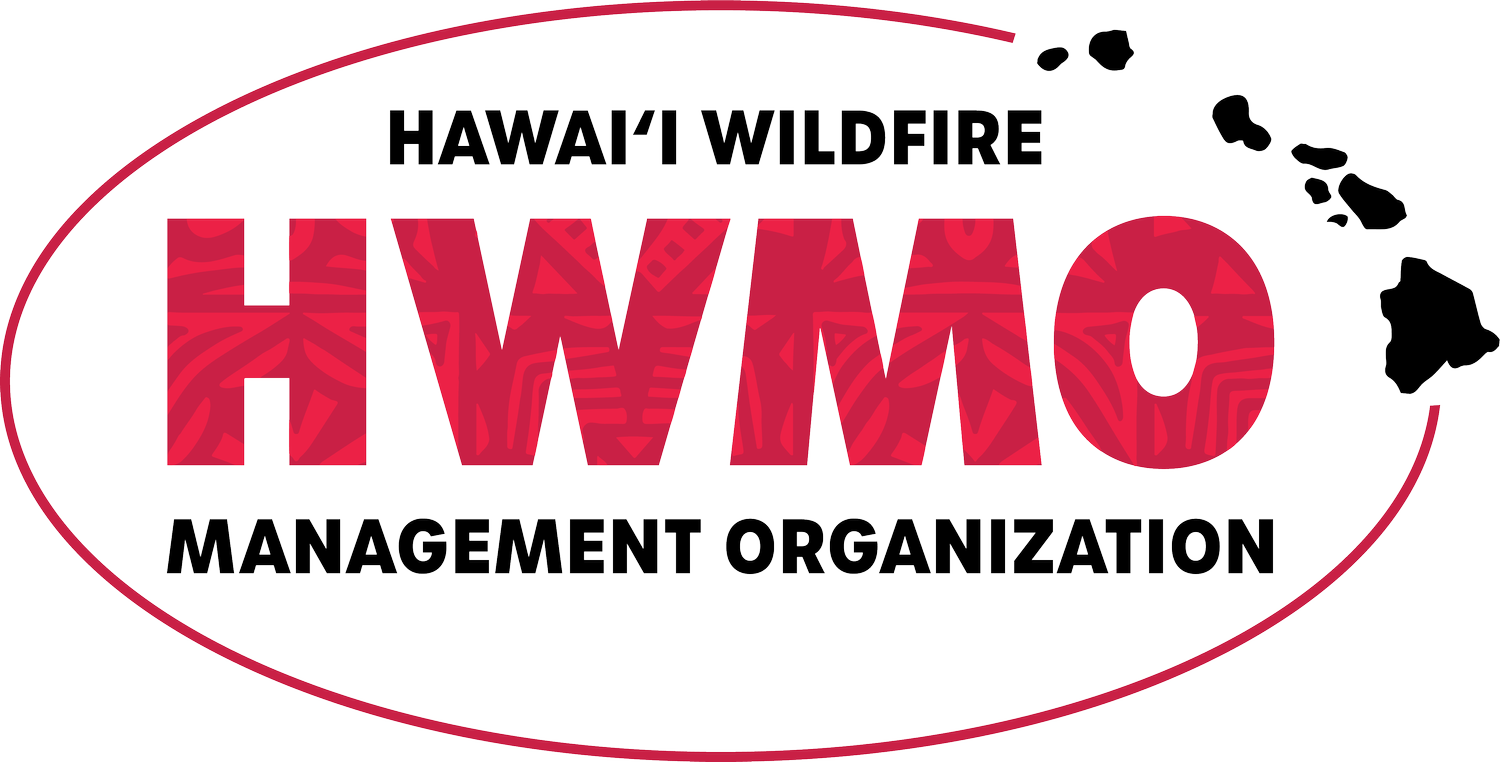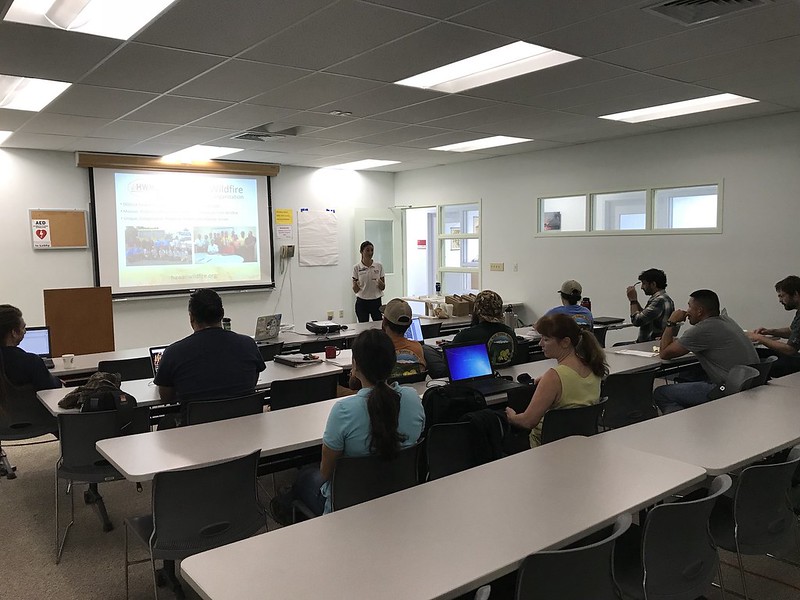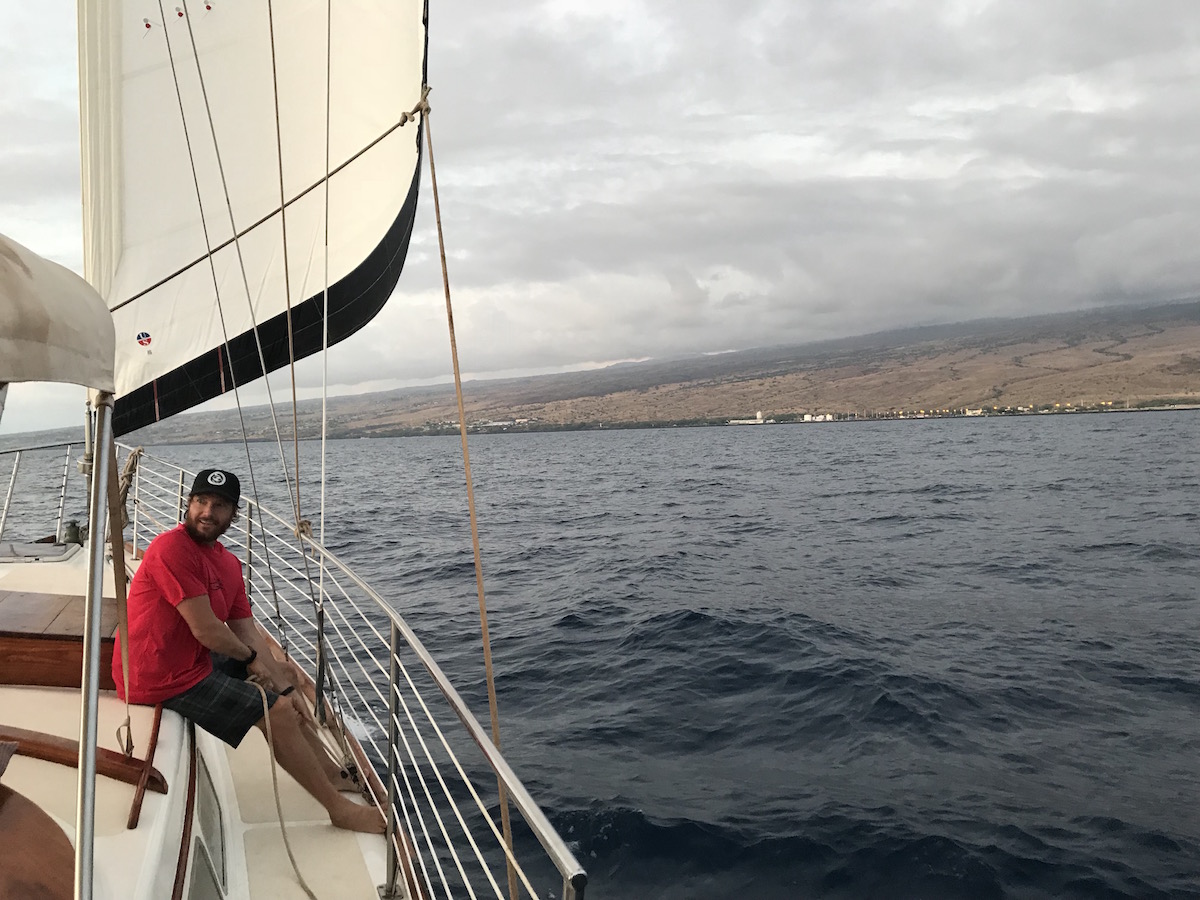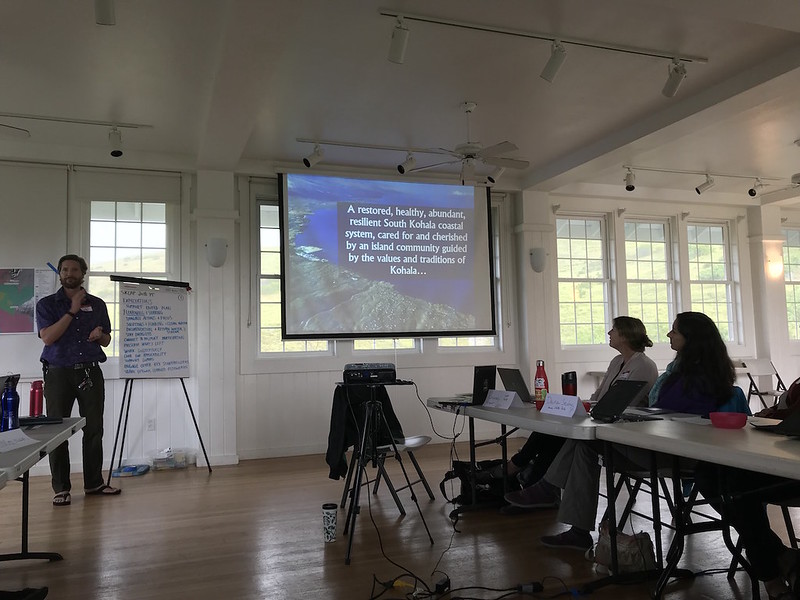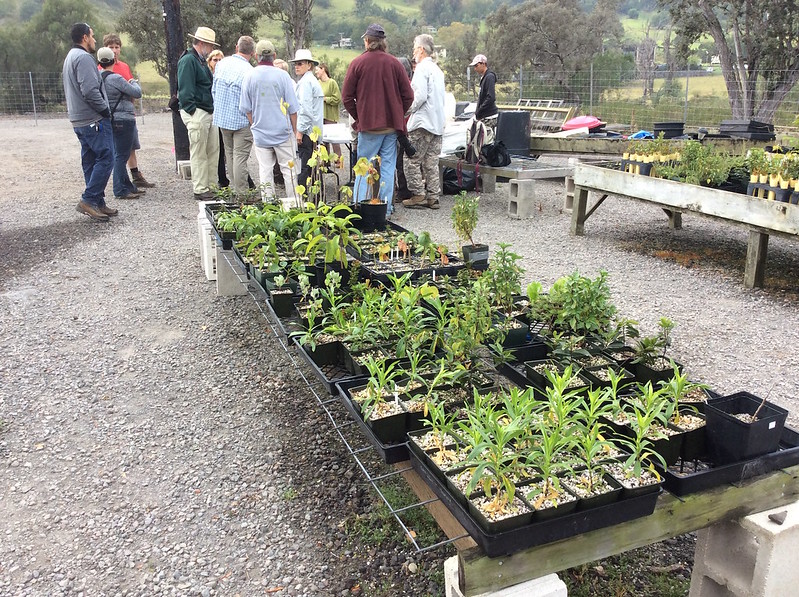Pacific Fire Exchange (PFX) and HWMO linked up on July 17 to hold an exciting day of fun and learning in Palehua, just mauka of Makakilo on Oʻahu. PFX’s Clay Trauernicht, Melissa Kunz, and Elizabeth Pickett spent several weeks planning this wildfire mitigation strategies workshop that led into a field tour as a follow-up to a workshop they put on at the PICCC conference several months ago. HMMO’s Pablo Beimler also joined the workshop as a helping hand. The Palehua workshop was tied into the Hawaiʻi Conservation Conference as a pre-conference event that interested conservationists could attend. Thirty or so people from various agencies and organizations including National Park Service, Honolulu Fire Department, Fed Fire, DLNR Division of Forestry and Wildlife, and University of Hawaiʻi joined the event.
The day kicked off with a workshop at Palehua Camp, formerly Camp Timberline, amongst tall trees and with scenic views of the Ewa area below. Clay Trauernicht gave a brief presentation on fire science using data he was synthesizing from the HWMO fire history database. Some interesting new factoids included:
* 75% of fires in Hawaiʻi are accidental
* 75% of fires in Hawaiʻi occur under drought conditions
* Over 80% of areas burned in Hawaiʻi are grassland/shrubland areas
Clay also shared about values at risk and their vulnerabilities. He adapted an equation he learned from a recent climate adaptation workshop, to fit into the fire science framework:
Vulnerability = exposure (fire hazards) + resource sensitivity (sensitivity to fire) — adaptive capacity (wildfire mitigation)
Elizabeth followed Clay’s presentation by highlighting various mitigation strategies. With these presentations in mind, the participants broke into groups for a computer-based activity. The groups picked a “designated mouse driver” and dug into the wildfire hazards and values at risk in Palehua using Google Earth. Once they determined areas of concern and the hazards that threatened those areas, they determined mitigation strategies they could apply to the area to reduce the fire hazard. They then shared their findings with the rest of the workshop participants. Anu and McD, two men who knew Palehua on the back of their hands, blessed us with examples of mitigation strategies they had actually implemented or planned to implement in the area.
